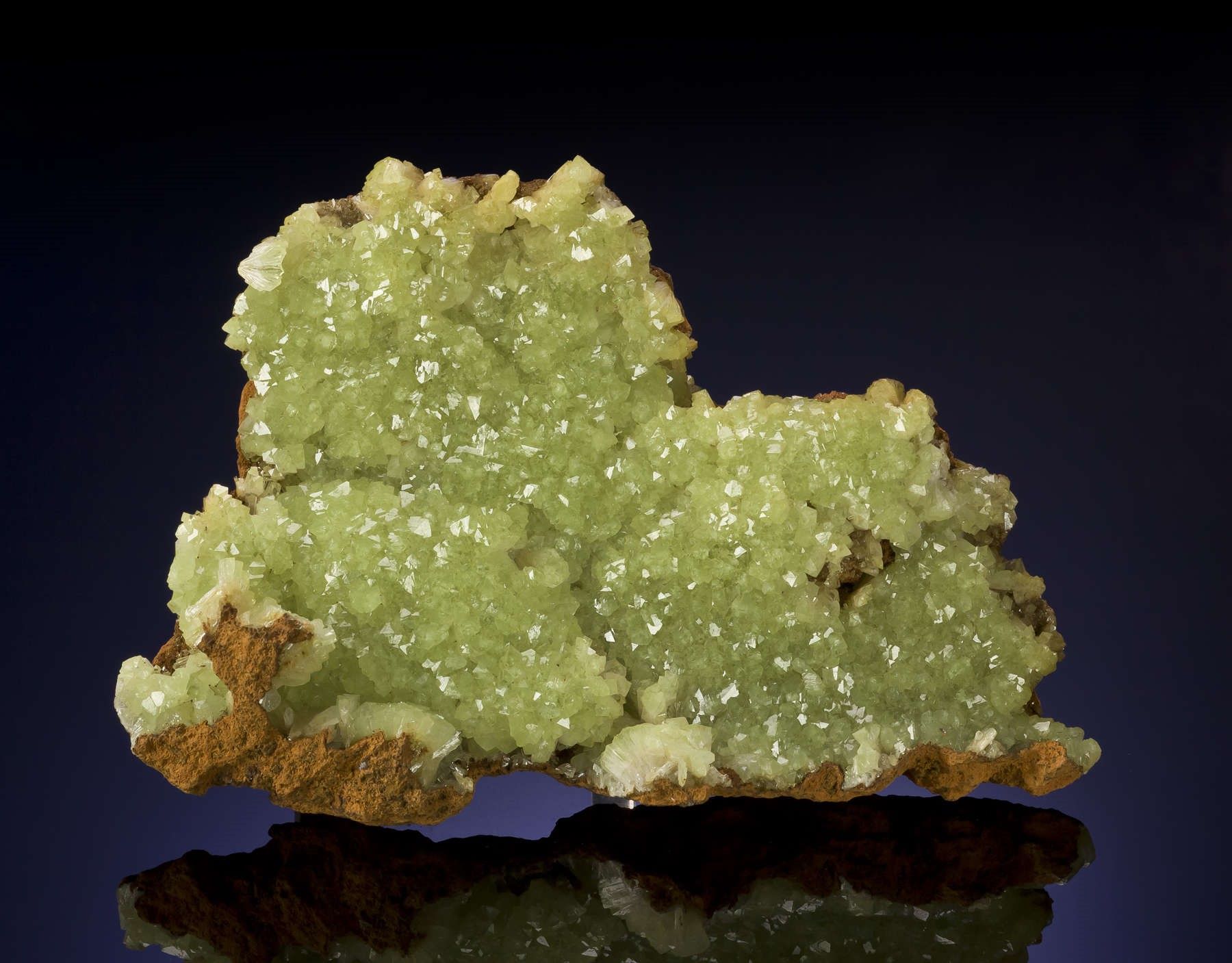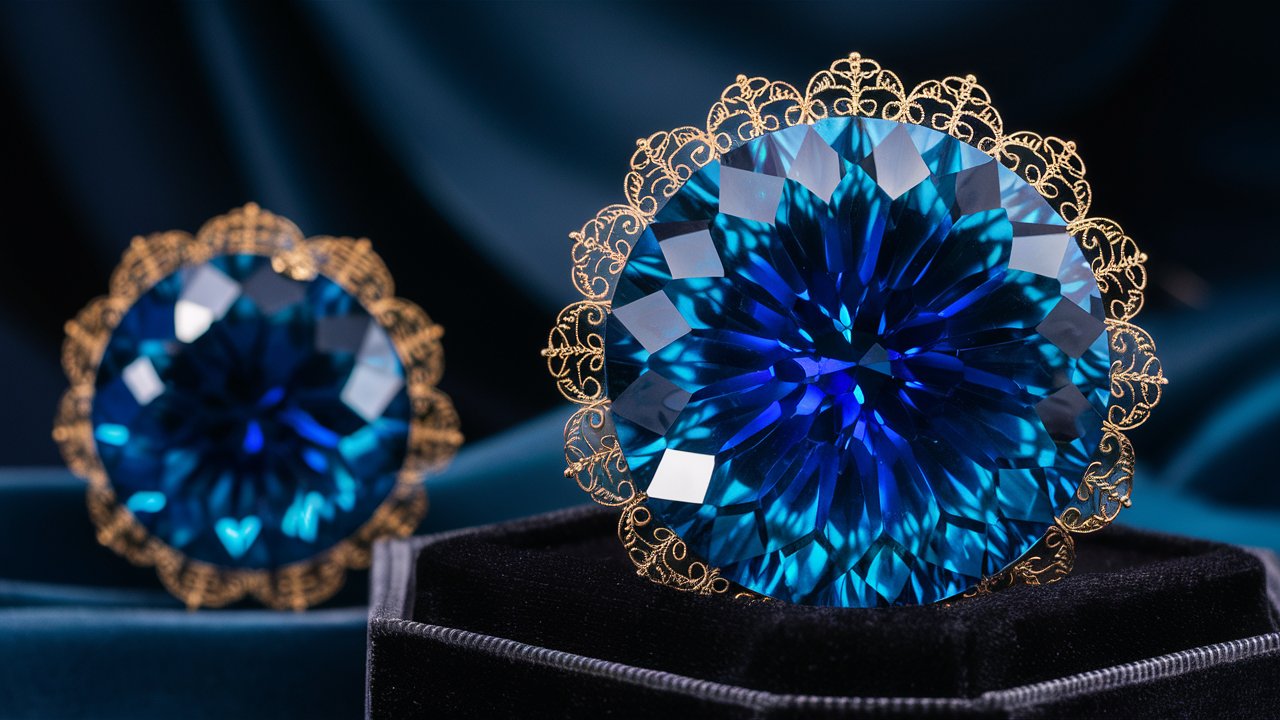
Adamite is a captivating mineral that often leaves people in awe with its vibrant colors and unique properties. Found primarily in Mexico, Greece, and Namibia, this mineral is a favorite among collectors and geologists alike. But what makes Adamite so special? Its stunning hues range from yellow to green, sometimes even blue, due to the presence of trace elements like copper. Adamite crystals often form in fan-like clusters, adding to their visual appeal. Beyond its beauty, this mineral has interesting fluorescent properties, glowing under UV light. Curious about more? Here are 35 fascinating facts about Adamite that will deepen your appreciation for this remarkable mineral.
What is Adamite?
Adamite is a fascinating mineral known for its vibrant colors and unique properties. Found primarily in Mexico, this mineral has captivated collectors and geologists alike. Let's dive into some intriguing facts about Adamite.
- Adamite is named after French mineralogist Gilbert-Joseph Adam.
- It typically forms in the oxidation zones of zinc and arsenic-rich hydrothermal deposits.
- The mineral is often found in association with other minerals like smithsonite, hemimorphite, and calcite.
- Adamite crystals are usually prismatic and can form in clusters or as isolated crystals.
- The most common colors of Adamite are yellow and green, but it can also appear in shades of blue, purple, and pink.
- The green color in Adamite is due to the presence of copper impurities.
- Adamite has a Mohs hardness of 3.5, making it relatively soft compared to other minerals.
- It has a vitreous to resinous luster, giving it a shiny appearance.
- The mineral is transparent to translucent, allowing light to pass through it.
- Adamite has a specific gravity of 4.3 to 4.4, which is relatively high for a mineral of its size.
Where is Adamite Found?
Adamite is primarily found in a few key locations around the world. Each location contributes to the mineral's unique characteristics.
- The Ojuela Mine in Mapimí, Durango, Mexico, is the most famous source of Adamite.
- Other notable locations include the Tsumeb Mine in Namibia and the Lavrion District in Greece.
- Smaller deposits have been found in the United States, specifically in Arizona and Utah.
- Adamite from the Ojuela Mine is known for its vibrant colors and well-formed crystals.
- The Tsumeb Mine produces Adamite with a distinctive blue hue due to cobalt impurities.
- Greek Adamite often appears in shades of yellow and green.
- The mineral is typically found in arid, desert-like environments where zinc and arsenic deposits are common.
- Adamite is often discovered in old mining dumps and tailings, where it forms as a secondary mineral.
Unique Properties of Adamite
Adamite possesses several unique properties that make it a favorite among mineral collectors and geologists.
- Adamite exhibits strong fluorescence under ultraviolet light, glowing bright green or yellow.
- The mineral can also show phosphorescence, continuing to glow after the UV light source is removed.
- Adamite's crystal structure belongs to the orthorhombic system, characterized by three mutually perpendicular axes of different lengths.
- The mineral can form pseudomorphs, where it replaces another mineral while retaining the original mineral's shape.
- Adamite is often used as a reference mineral in the study of zinc and arsenic deposits.
- It can be used to identify the geochemical conditions of the environment in which it formed.
- The mineral's vibrant colors and unique properties make it a popular choice for educational displays and museum exhibits.
Uses and Applications of Adamite
While Adamite is primarily a collector's mineral, it has a few practical applications as well.
- Adamite is often used in jewelry, although its softness makes it less suitable for everyday wear.
- The mineral is sometimes used in the production of zinc and arsenic compounds.
- Adamite specimens are highly sought after by mineral collectors and can fetch high prices at auctions.
- The mineral is used in geological research to study the formation and alteration of zinc and arsenic deposits.
- Adamite's fluorescence and phosphorescence properties make it a valuable tool in mineral identification and analysis.
Fun Facts about Adamite
Let's wrap up with some fun and lesser-known facts about this captivating mineral.
- Adamite is sometimes referred to as "cuproadamite" when it contains significant amounts of copper.
- The mineral can form in a variety of crystal habits, including botryoidal (grape-like) and stalactitic (icicle-like) shapes.
- Adamite crystals can reach up to several centimeters in length, although most are smaller.
- The mineral's name is sometimes misspelled as "adamite" instead of "adamite."
- Adamite is often featured in mineral shows and exhibitions due to its striking appearance and unique properties.
The Fascinating World of Adamite
Adamite, with its vibrant colors and unique properties, stands out in the mineral kingdom. Found mainly in Mexico and Greece, this mineral's striking hues come from trace elements like copper and cobalt. Collectors and geologists alike prize adamite for its beauty and rarity.
Beyond its aesthetic appeal, adamite has practical uses. It fluoresces under UV light, making it valuable in scientific research. Its crystal structure also provides insights into geological processes.
Whether you're a seasoned collector or just curious, adamite offers a glimpse into the Earth's hidden treasures. Its combination of beauty, rarity, and scientific value makes it a mineral worth exploring. So next time you come across a piece of adamite, take a moment to appreciate the wonders it holds.
Was this page helpful?
Our commitment to delivering trustworthy and engaging content is at the heart of what we do. Each fact on our site is contributed by real users like you, bringing a wealth of diverse insights and information. To ensure the highest standards of accuracy and reliability, our dedicated editors meticulously review each submission. This process guarantees that the facts we share are not only fascinating but also credible. Trust in our commitment to quality and authenticity as you explore and learn with us.


